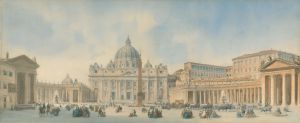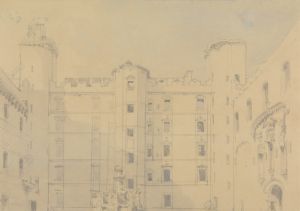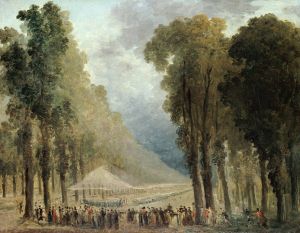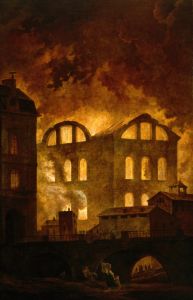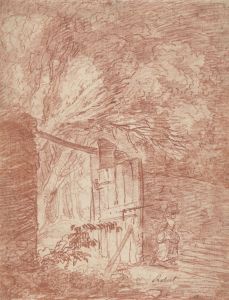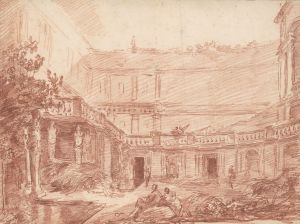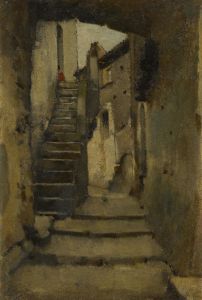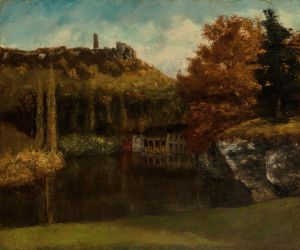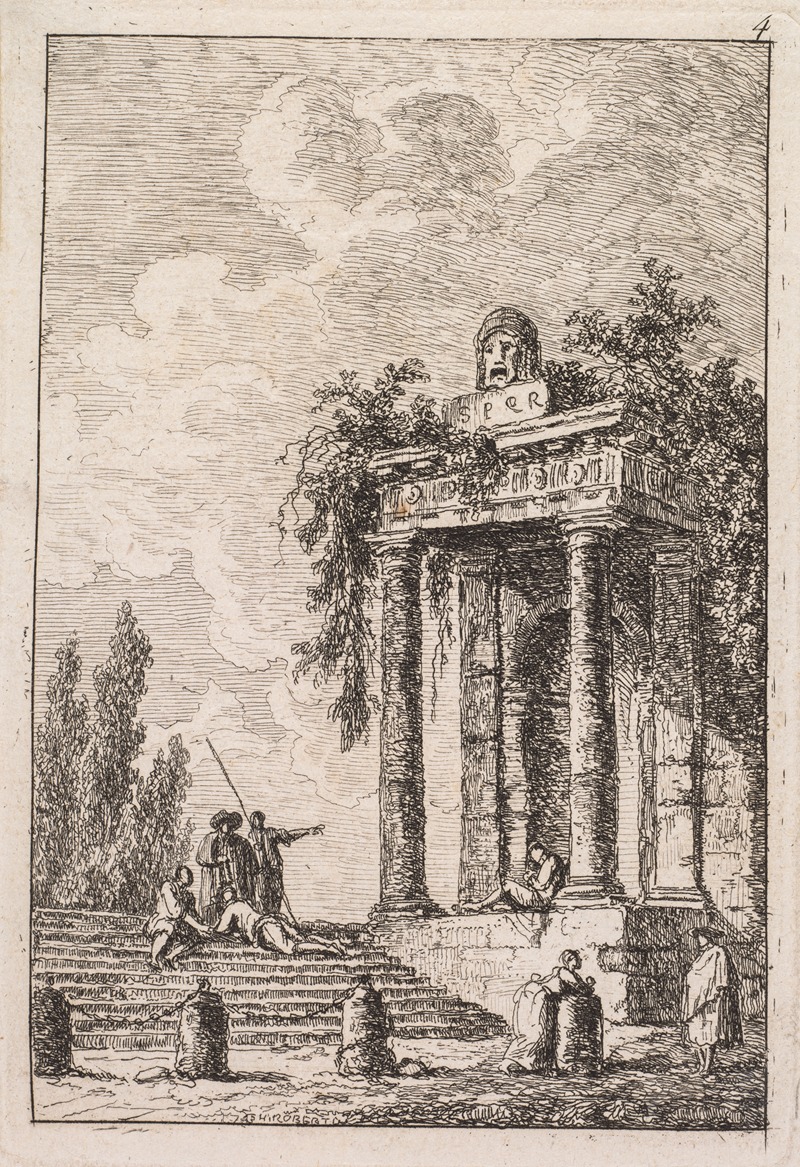
L’Escalier aux quatre bornes
A hand-painted replica of Hubert Robert’s masterpiece L’Escalier aux quatre bornes, meticulously crafted by professional artists to capture the true essence of the original. Each piece is created with museum-quality canvas and rare mineral pigments, carefully painted by experienced artists with delicate brushstrokes and rich, layered colors to perfectly recreate the texture of the original artwork. Unlike machine-printed reproductions, this hand-painted version brings the painting to life, infused with the artist’s emotions and skill in every stroke. Whether for personal collection or home decoration, it instantly elevates the artistic atmosphere of any space.
L’Escalier aux quatre bornes, translated as "The Staircase with Four Landmarks," is a painting by the French artist Hubert Robert. Hubert Robert, born on May 22, 1733, and died on April 15, 1808, was a prominent painter known for his landscapes and capriccios, which are architectural fantasies that combine real and imaginary elements. He was a significant figure in the genre of ruins painting, capturing the romanticism and grandeur of decaying structures.
The painting L’Escalier aux quatre bornes is an exemplary work that showcases Robert's skill in depicting architectural elements and his fascination with ruins. The composition features a grand staircase, which is the central focus of the painting. The staircase is flanked by four prominent landmarks or markers, which give the painting its name. These landmarks are likely to be architectural features such as columns, statues, or other significant structures, though the exact nature of these landmarks is not specified in the available information.
Robert's use of light and shadow in L’Escalier aux quatre bornes is masterful, creating a sense of depth and atmosphere that draws the viewer into the scene. The painting likely reflects Robert's interest in the picturesque and the sublime, themes that were popular during the 18th century. His works often evoke a sense of nostalgia and contemplation, inviting viewers to reflect on the passage of time and the impermanence of human creations.
Hubert Robert's career was marked by his travels and his exposure to various artistic influences. He spent several years in Italy, where he was deeply influenced by the ruins of ancient Rome and the works of Italian masters. This experience significantly shaped his artistic vision and his approach to painting. Upon his return to France, Robert continued to explore themes of decay and the beauty of ruins, which became a hallmark of his work.
In addition to his paintings, Robert was also involved in the design of gardens and architectural projects. His expertise in creating picturesque landscapes extended beyond the canvas, influencing the design of several notable gardens in France. His ability to blend natural and man-made elements in harmonious compositions was highly regarded during his lifetime.
L’Escalier aux quatre bornes is a testament to Hubert Robert's talent and his contribution to the genre of ruins painting. The painting captures the essence of his artistic vision, combining architectural grandeur with a sense of romantic decay. While specific details about the painting's provenance or its current location are not provided, it remains an important work within Robert's oeuvre.
Overall, Hubert Robert's L’Escalier aux quatre bornes exemplifies the artist's ability to create evocative and atmospheric scenes that celebrate the beauty of ruins and the passage of time. His work continues to be appreciated for its technical skill and its ability to convey a sense of history and nostalgia.





